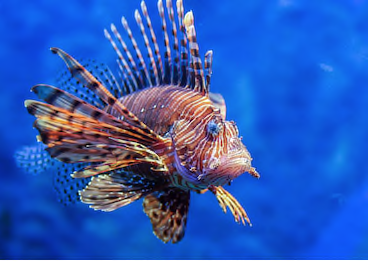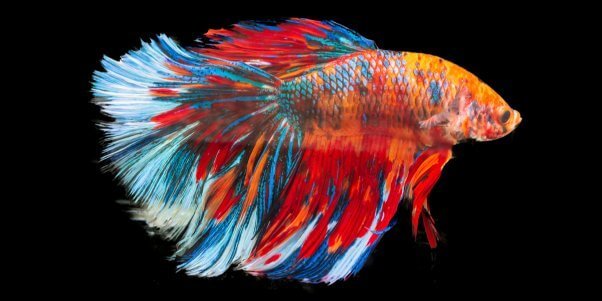And here we are at the last mer post! I hope you’ve enjoyed spending time with the mer community and learning about making tails as much as I have. This post has
![[instagram.com profile]](https://www.dreamwidth.org/img/profile_icons/instagram.png) Stillwater_fx
Stillwater_fx’s answers to my questions about favorite things, hardest things, and the thing I most wanted to know about—can you actually swim in a mermaid tail. (Special thanks to
![[personal profile]](https://www.dreamwidth.org/img/silk/identity/user.png) genarti
genarti for teaching me how to make a cute Instagram tag of
![[instagram.com profile]](https://www.dreamwidth.org/img/profile_icons/instagram.png) Stillwater_fx
Stillwater_fx’s name.)
asakiyume: What’s the hardest part of tail creation?
stillwater_fx: For me, the hardest part has to be sculpting, especially sculpting big flukes and scale sheets. But it’s not the sculpting itself that makes it hard. No, sculpting is fun. It’s the hours of being hunched over or kneeling down on the floor. The pain is bad—sometimes it forces me to take a day off, sometimes two, just to rest and recuperate. And honestly, the second-hardest part for me is having to part with my babies, the tails I make, after spending so long, usually months or weeks making them. It’s so personal to me that I become attached to them.
 asakiyume
asakiyume: What part is the most fun?
stillwater_fx: My favorite part of the tail-making process has to be designing. I have sketchbooks filled with old fin designs and styles and descriptions. It honestly looks like a mad scientist’s journal. Sometimes I like to imagine a background story for the mermaid or merman. For example, if the character is a warrior, it’s safe to say that it won’t have long and flowy fins. More like a lion fish, the fins will be looking sharp and dangerous—ready for battle. If the character is perhaps a princess, then long and flowy fins like that of a betta fish would look more aesthetic.
lion fish

betta fish
 asakiyume
asakiyume: And is it possible to swim in a mermaid tail?
stillwater_fx: Yes, people can swim in mermaid tails. The main reason for that is the
monofin. Swimming in a monofin takes a bit of practice, but once you get that dolphin movement down, you’ll be as graceful as any professional mermaid. Silicone tails can weigh up to 30 lbs. depending on a client’s size and stature. It’s also depending on how many fins they’ve ordered and the size of the caudal fins, because the caudal fin is the biggest and heaviest part of a mermaid tail.
a young mermaid—who can swim in her tail

Proof!--click for a 10-second videoI have swum upstream in rivers and against the raging seas. Swimming in a tail isn’t safe for everyone. Make sure that you are physically able to perform such a demanding task. There are always risks when in the water. Always make sure you’re not swimming alone, and if possible, that there are lifeguards on duty. And always tell someone where you’re going to be before any nature exploration, be it above or below the seas. Stay safe, guys, and I hope you enjoy this interview!






![[instagram.com profile]](https://www.dreamwidth.org/img/profile_icons/instagram.png) stillwater_fx that I thought of making a shell crown--because of his sharing what people in the mer community make. The world really is full of cool people.
stillwater_fx that I thought of making a shell crown--because of his sharing what people in the mer community make. The world really is full of cool people.












